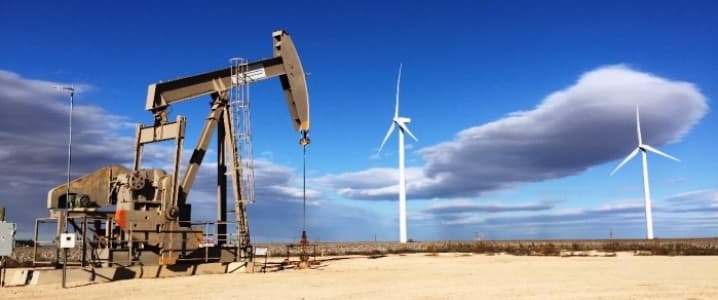Twice a year, in April and in October, banks review the creditworthiness of oil and gas companies in what is known as a borrowing base redetermination. Ahead of this year’s spring review, both banks and U.S. oil companies are showing improved outlook for the industry, with cautious optimism seeping in through more oil and gas producers, oilfield services companies, lenders, and private equity firms.
According to Haynes and Boone’s ‘Borrowing Base Redeterminations Survey’: Spring 2017, the majority of polled banks and oil and gas companies expect borrowing bases to increase, and nearly all survey respondents see U.S. exploration and production companies raising their capital expenditure budgets this year compared to 2016.
Haynes and Boone’s spring 2017 survey shows a brighter picture compared to last year’s spring survey and to the fall 2016 survey.
Judging from the results of this spring’s poll, lenders and U.S. companies alike are dispelling fears that last month’s slide in oil prices – when WTI traded below $50 for the better part of two weeks – could make banks revise downwards their borrowing base redeterminations, and potentially stall the resurgence of the U.S. oil patch. The timing of last month’s slide in oil prices could not have been worse, just weeks before banks and oil firms sit down to review how much explorers and producers could borrow.
But with leaner, fitter, and highly selective producers focusing on cheaper and profitable plays, optimism has grown ahead of this season’s credit reviews. In addition, U.S. onshore producers have been increasingly hedging production to mitigate risks from possible significant oil price drops. In a sign that companies are growing optimistic as the worst of the downturn is now over, U.S. firms started increasing their investments in the fourth quarter last year. Related: Are Mexico’s Oil Reserves Almost Depleted?
Respondents in Haynes and Boone’s spring 2017 survey believe that 76 percent of U.S. producers will have their borrowing bases raised slightly or remain unchanged compared to the borrowing bases in the fall of 2016. To compare, in the fall 2016 survey respondents expected 59 percent of companies to see their borrowing bases increase or remain unchanged.
Furthermore, a total of 89 percent of the latest survey respondents reckon that the capex budgets of the drillers will rise this year compared to 2016, with 45 percent expecting a 20-percent increase in capex, another 12 percent of respondents projecting a 30-percent increase, and 6 percent expecting capex rises of more than 30 percent. Just 3 percent of respondents think capex budgets would decrease by 10 percent this year.
Commenting on the survey results, Haynes and Boone’s Energy Practice Co-Chair Buddy Clark said in the firm’s statement: “The responses reflect a cautious optimism among producers and bankers for the road ahead, but I think everyone is still mindful of the capital destruction plainly visible in the rearview mirror.”
Mindful of the oil price crash, U.S. onshore drillers are increasing capex, but they are also increasing hedging and short positions to lock in a future price for a commodity today, the EIA said earlier this week. Based on quarterly financial statements of 44 U.S. onshore-focused oil producers, the EIA has estimated that those companies lifted their combined capex by $4.9 billion, or by 72 percent, between the fourth quarter of 2015 and the fourth quarter of 2016, as the higher oil prices (especially compared to early last year lows) are driving investment budget increases. Related: Tanker Traffic Points At Much Tighter Oil Markets
Announcements for capex rises and a steadily growing U.S. rig count suggest that U.S. drillers continued to raise investments during the first quarter this year, the EIA said, noting that many of the companies use oil futures and options to hedge their investment in production into the future. U.S. producers have increasingly started initiating short positions since oil prices rose above $50 in Q4 2016. As of the middle of February this year, the number of short positions in U.S.-based futures and options stood at 756,000 contracts, close to the 10-year high of 802,000 contracts, the EIA said.
U.S. oil companies are emerging smarter from the oil price crash that had devastated many balance sheets, and drillers are now looking with more optimism to their current and future capabilities to increase production and profits.
By Tsvetana Paraskova for Oilprice.com
More Top Reads From Oilprice.com:
- China Just Became The No.1 Buyer Of U.S. Crude
- Oil Erases Gains After Inventory Head-Fake
- OPEC Deal Extension Looks Shaky As Shale Hedges Production


















